I stood by the Arachthos River in Greece, staring at Arta’s Bridge, a spot wrapped in a haunting legend. Folks claim this beautiful stone bridge hides a tragic story—one where a master builder sacrificed his own wife so the bridge would finally stand.
I didn’t sense her ghost in the stones, but I couldn’t escape the sorrow woven into every arch.
The tale of the master builder’s wife gives Arta’s Bridge a chilling, unforgettable vibe. Locals have kept this legend alive for centuries.
While I walked across, I felt the weight of history and a strange, magnetic mystery. Every step felt like wandering through a living folk tale.
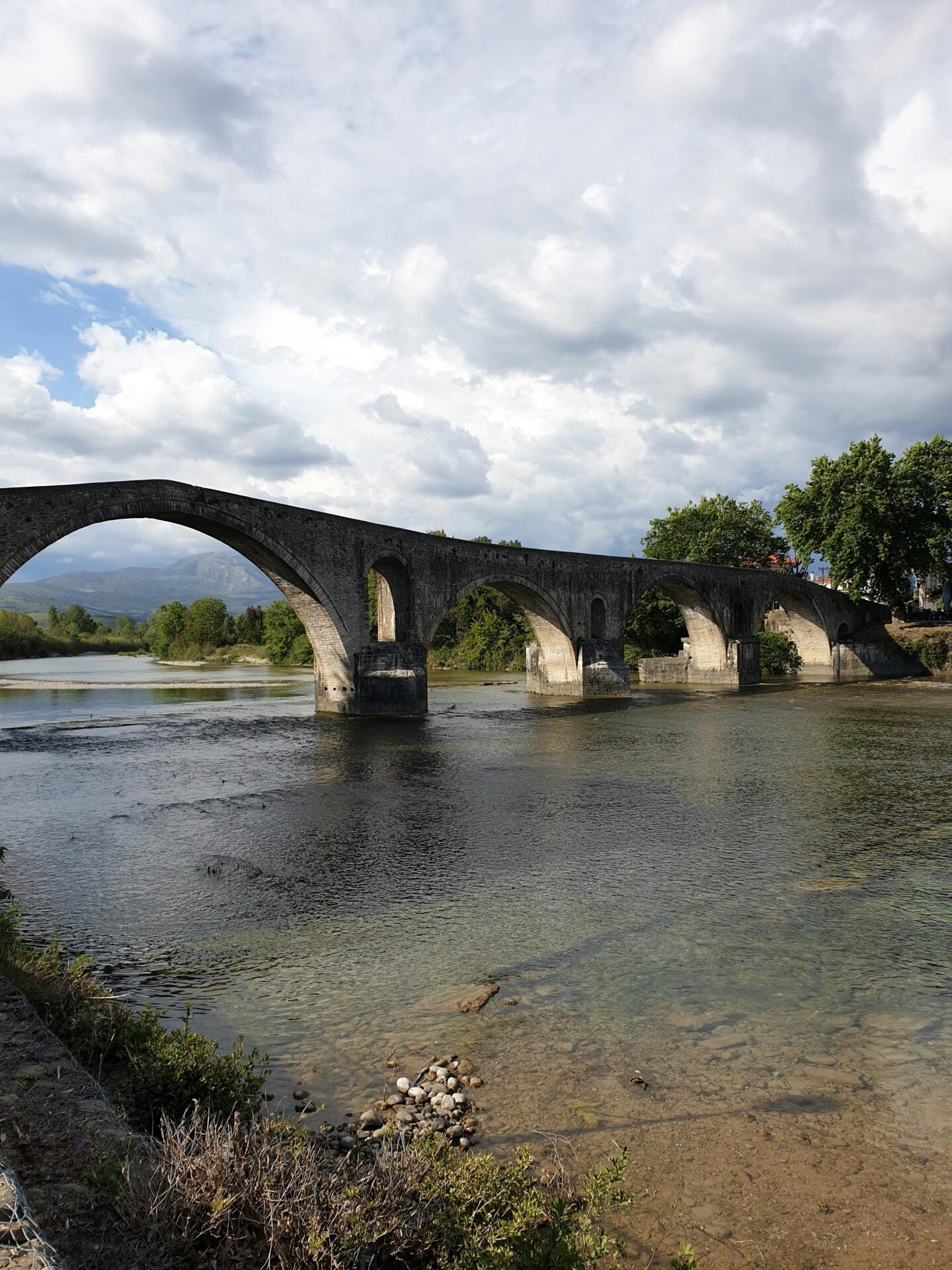
The Origin of Arta’s Bridge: History and Myth
Stone bridges in Greece are more than crossings; they’re storytellers, connecting communities through time and legend.
The Bridge of Arta stands as both a real architectural feat and the setting for one of the Balkans’ most haunting folk stories.
Historic Construction and Architectural Significance
As I crossed the Bridge of Arta, I noticed how centuries had shaped its arches and smoothed the stones. Builders finished it in the early 1600s, linking major travel routes across Epirus and helping local trade thrive.
The craftsmanship really stands out. The bridge stretches about 142 meters over the Arachthos River, with four graceful arches that have survived both nature and war.
Local artisans and stonemasons shaped every block by hand, showing off the region’s deep tradition of stone bridge building. I kept thinking about the countless hands—maybe even ancestors of today’s residents—that brought the bridge to life.
It isn’t just pretty; it’s smartly built. The design handles the river’s strong currents, blending function and beauty. Long before modern engineers, these craftspeople figured out how to make it last.
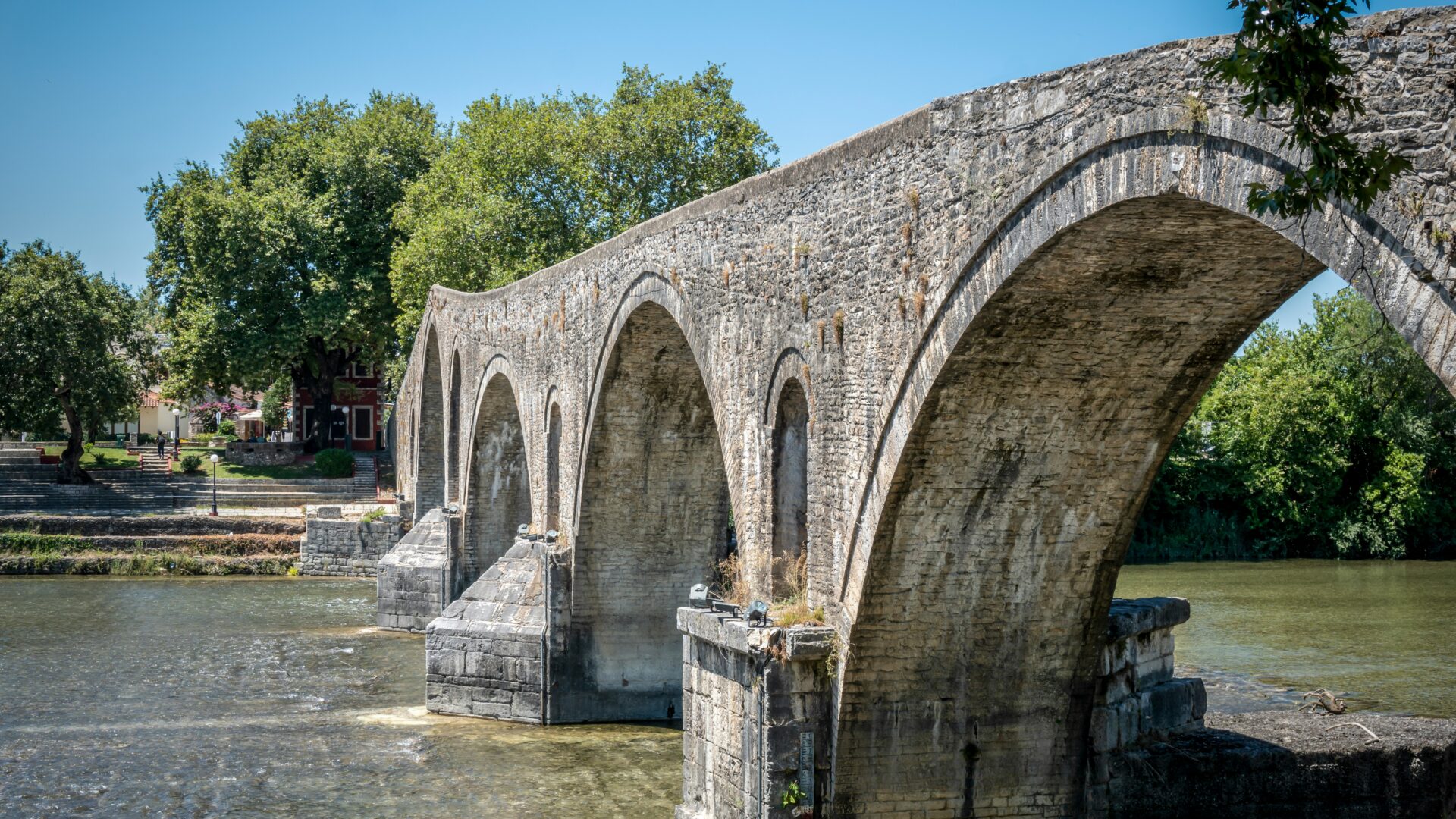
The Master Builder: Identity and Responsibility
Everyone I met seemed to know the story of the master builder, the man in charge of this huge project. Even with all their skill, the bridge’s foundation kept collapsing at first.
Folklore says the desperate builder got a message in a dream: only a human sacrifice could make the bridge stand.
The legend names his own wife as the one walled up alive inside the bridge. You’ll find the story in ballads, poems, and proverbs, echoing ideas about fate and sacrifice that shadow the bridge.
Thinking about a craftsman’s greatest work costing such a personal price made me look at every stone with new eyes. The tale still haunts the region, making the bridge feel strangely alive and a bit uneasy underfoot.

Civil War, Modernization, and the Survival of the Bridge
War and change swept through the Balkans, but Arta’s Bridge stood its ground. Locals told me that during Greece’s civil war, the bridge became a fragile boundary, sometimes even a contested crossing.
It stayed strong even when newer bridges fell to bombs or floods.
After the war, people worked to preserve historic landmarks, helping the bridge reclaim its place as a symbol of hope and endurance in Arta. Restoration teams respected the original craftsmanship, making only small repairs.
Cars go around the bridge these days, but I loved strolling there, joining others enjoying the river’s calm and the cool shade beneath the arches.
Seeing how the bridge endured, I realized its story goes beyond myth and stone. It’s about survival—of a community, its artisans, and the shared memories that bind Arta’s people to their remarkable past.

Retelling the Legend: Rituals, Sacrifice, and Sorcery
The legend of Arta’s Bridge isn’t just a ghost story. It reflects old customs, beliefs in supernatural forces, and the heavy weight of personal sacrifice in marriage and community.
The Wife’s Fate: From Wedding to Sacrifice
When I first heard the story, I pictured a hopeful bride. The master builder’s wife supposedly began her day in a wedding dress, only to end it as a tragic sacrifice for the bridge’s foundation.
Local tales paint her as a devoted partner, caught between love and duty. Her husband, torn by the bridge’s repeated collapse, believed her sacrifice was the only way to finish the work.
Builders grabbed her, some say right after a wedding ritual, and sealed her in the stones.
It’s hard not to feel the weight of tradition here—her fate sealed by the belief that a lasting structure needed a life inside its walls. Standing on the bridge, I wondered about weddings as both joyful beginnings and, in the past, the start of loss for some women.
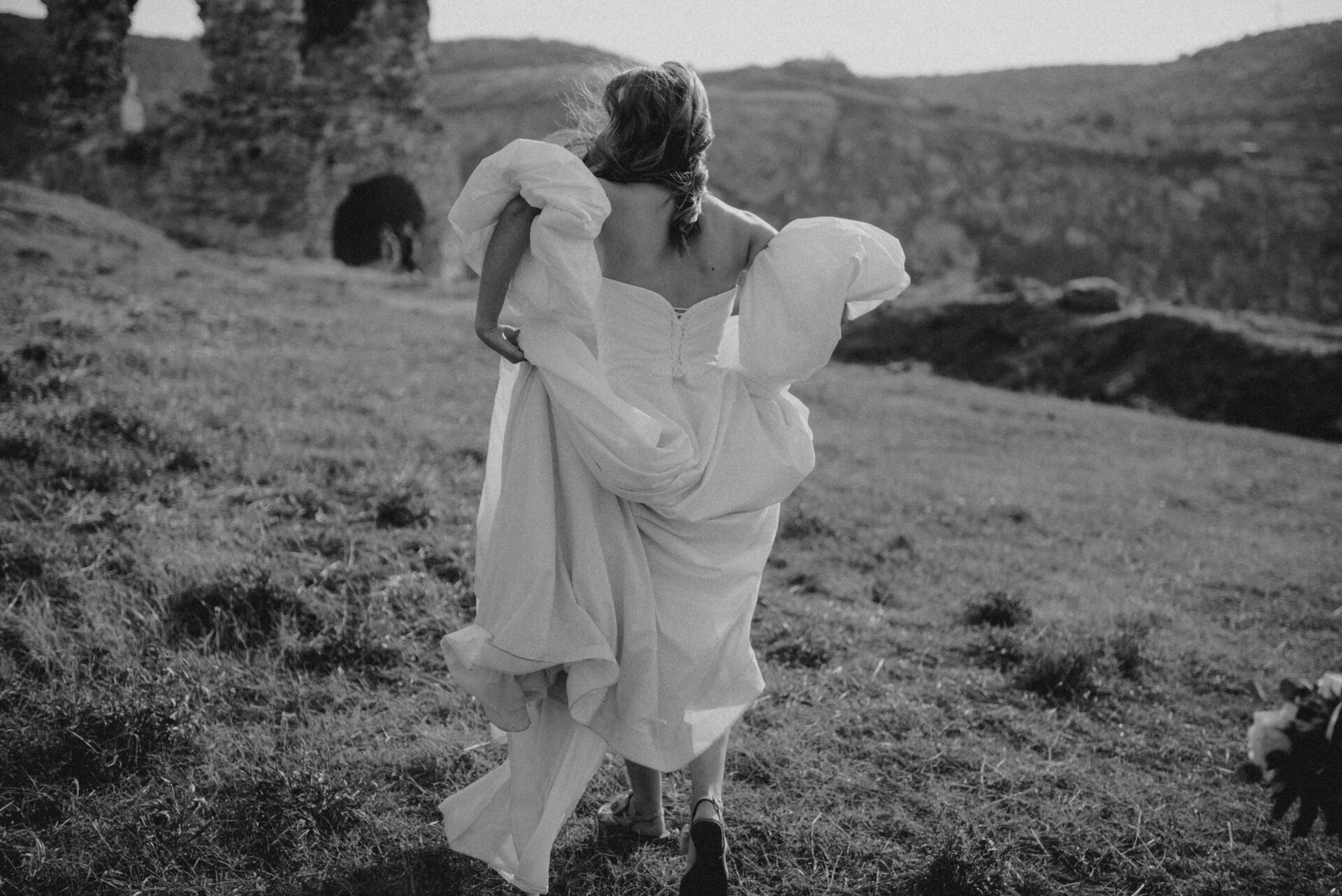
Spellbinding Rituals and the Role of Evil Spirits
The legend brims with ritual and superstition. Builders tried everything to keep the bridge standing, but stories say evil spirits tore down their work each night.
A magical bird with a human voice gave them the answer—only a human sacrifice could break the curse.
The building site turned into a stage for spells and frantic prayers. I’ve never seen real sorcery, but in Arta, the story comes alive in small details—old offerings at the site, charms dangling from nearby trees.
This part of the legend mixes religious customs with belief in supernatural powers. It reminds me that, in the past, people often blamed evil spirits for their struggles, using rituals to drive them away or plead for success.

Symbolism, Morality, and Community Values
The legend holds deep symbolic meaning. The master builder’s wife stands for sacrifice, loyalty, and the harsh expectations placed on women in traditional society.
Her story became both a warning and a lesson in morality.
Locals retell the tale to teach about the weight of promises, in marriage and in work. The bridge stands as a symbol of how communities once made tough choices, even at the cost of personal happiness.
Values like duty, honor, and community strength echo through the legend. Visitors might find it unbelievable, but for people here, it reflects traditions about gender, marriage, and the steep price of achievement. The story lingers in the stones, as much a part of the bridge as the mortar itself.
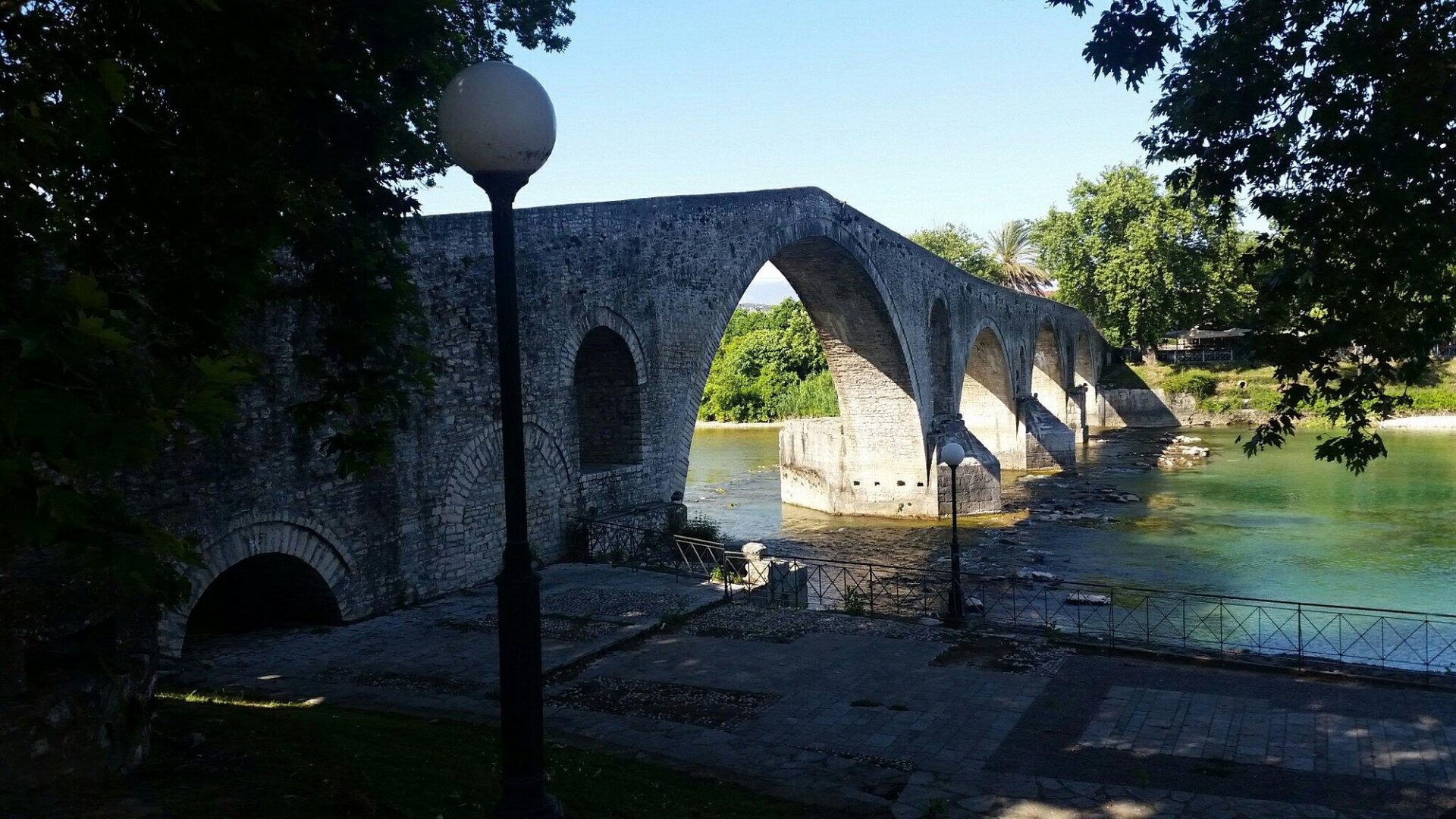
A Walk Across the Stones: Personal Encounters and Strange Sensations
Crossing the Bridge of Arta isn’t just a walk—it’s a meeting place for history, myth, and the unknown. With each step, the present and past blur, leaving you with new questions and feelings.
Mind, Rage, and the Haunting Energy
As soon as I stepped onto the first stones, I felt my thoughts shift. The story of the master builder’s wife—the woman buried inside the bridge—kept looping in my mind.
My thoughts tangled between curiosity and a quiet sadness, as if the bridge held whispered memories in every crack.
Some travelers claim the bridge pulses with a certain energy. For me, worries and emotions seemed to sharpen as I walked across.
The legend talks about her rage and grief, and near the center, a strange tightness filled my chest, like I was soaking up leftover anger.
Something about the quiet under the arches felt off. My mind wandered and raced at the same time, and I couldn’t shake the sense that something “other” tugged at my attention.
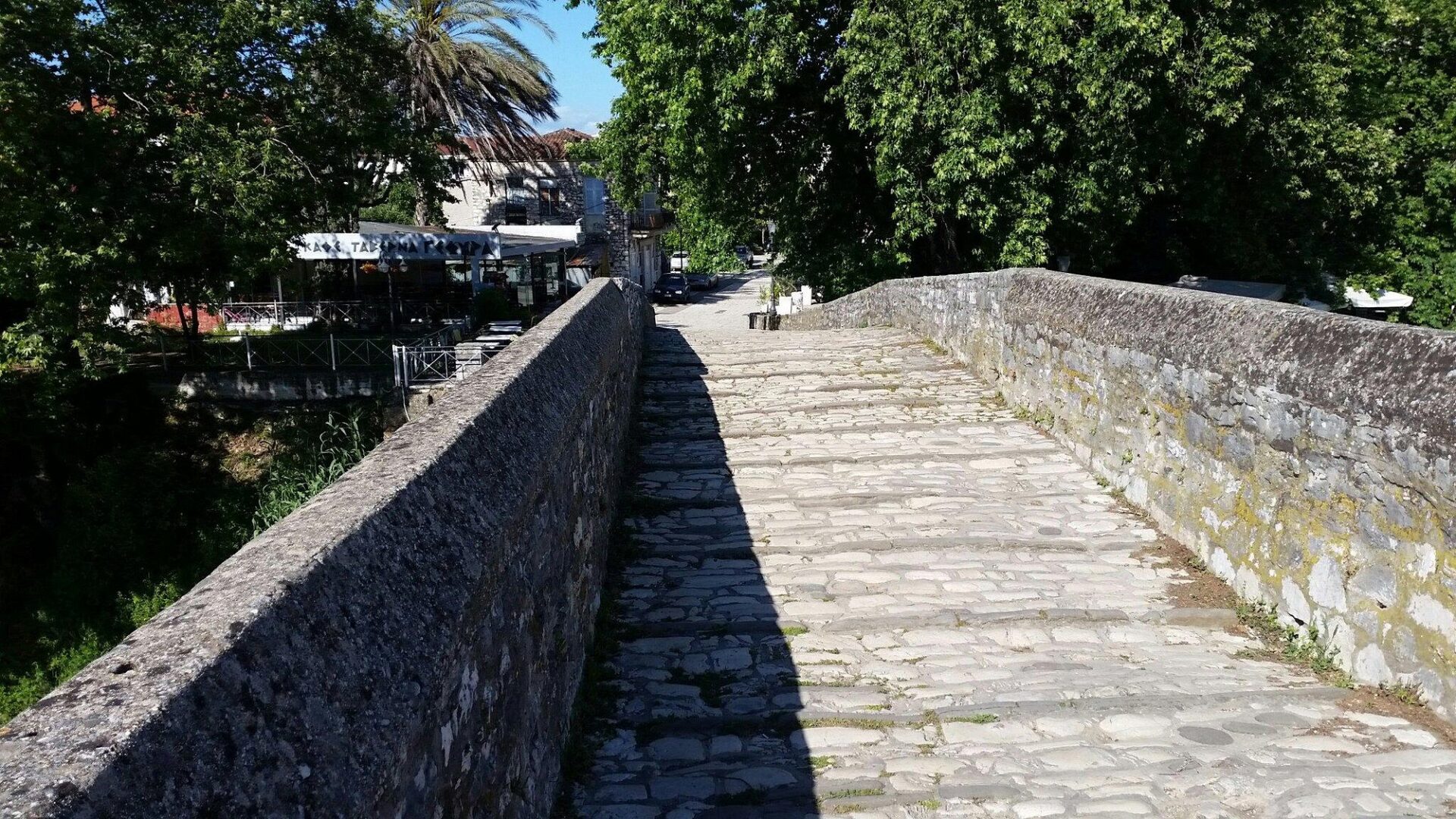
Feeling the Presence: Blazing Sun, Shadows, and the Unusual
The sun blazed down, sweat dripping down my back. Yet, under one stretch of the bridge, a sudden shadow chilled my skin, though no cloud had passed overhead.
The contrast felt different from any normal shade.
I slowed down, watching sunlight glaze the old stones, making them almost glow. Just then, a faint whisper seemed to brush my ear—a trick of the wind, maybe, or was it something more? For a moment, I thought of all the people who’d crossed here, feeling watched, as if the bridge remembered every traveler.
Other visitors say they feel “strange” here. For me, it was the mix of bright sun, fast-moving shadows, and a prickling on my arms—a sense that the master builder’s wife, or at least her memory, still lingers in the stones.
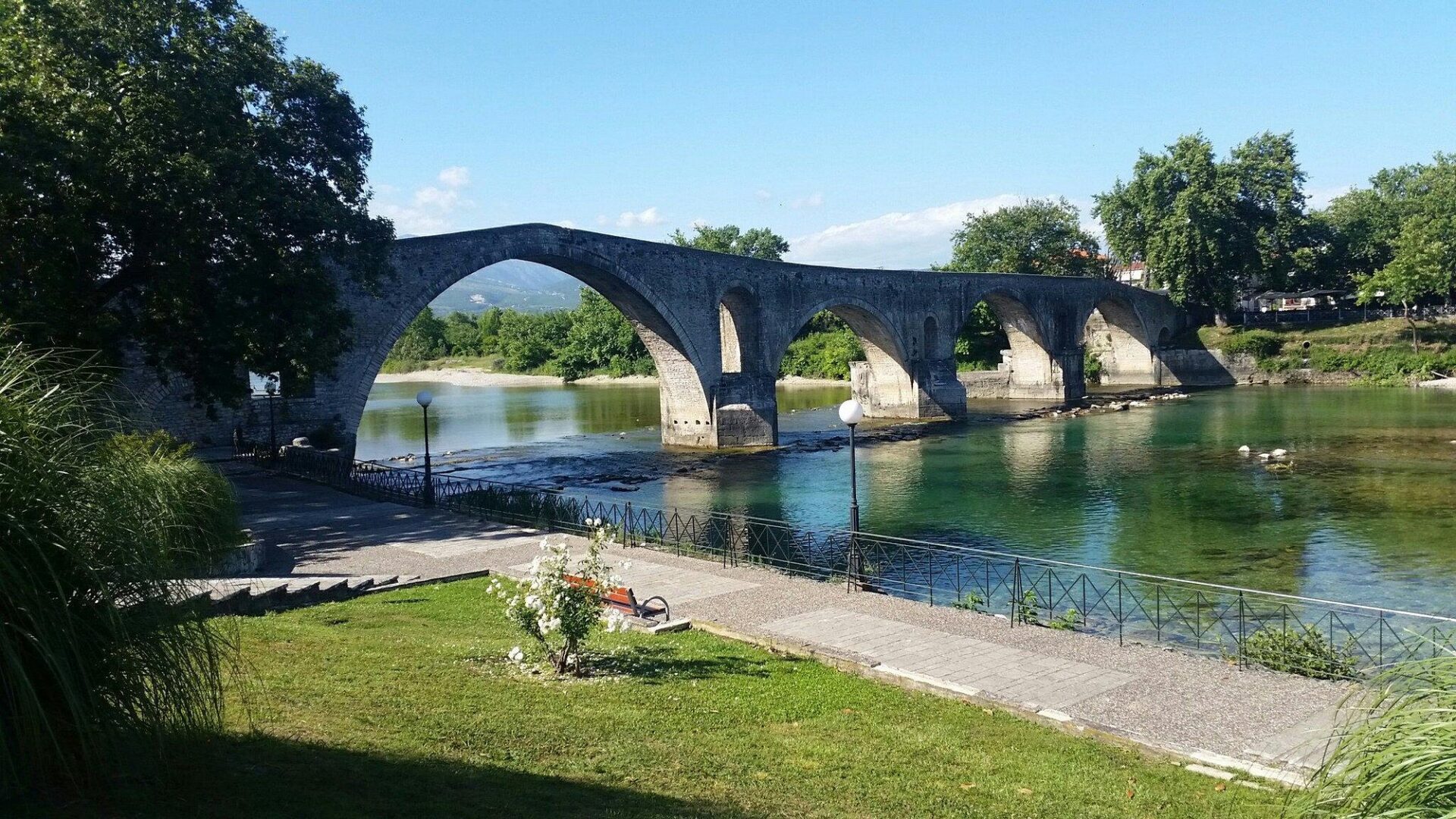
Arta in Cultural Memory: Legends, Artistry, and Storytelling
Walking through Arta, I saw how the bridge’s legend isn’t just an old story—it still connects generations. Art, daily talk, and community gatherings keep the tale alive and shape how people see themselves and their roots.
The Legend’s Impact on Regional Identity
To locals, the Bridge of Arta is more than a structure—it’s a symbol of sacrifice and resilience. I noticed how the story of the master builder’s wife, sealed alive in the bridge’s stones, is woven into the city’s identity.
You’ll spot images of the bridge everywhere—schoolbooks, murals, even souvenir mugs.
Many families share the legend at reunions, almost as proof of their shared class and community history.
Sitting by the river, I overheard stories about ancestors who passed down this legend, like a family heirloom. For many, this story shapes what it means to come from Arta, no matter their background.
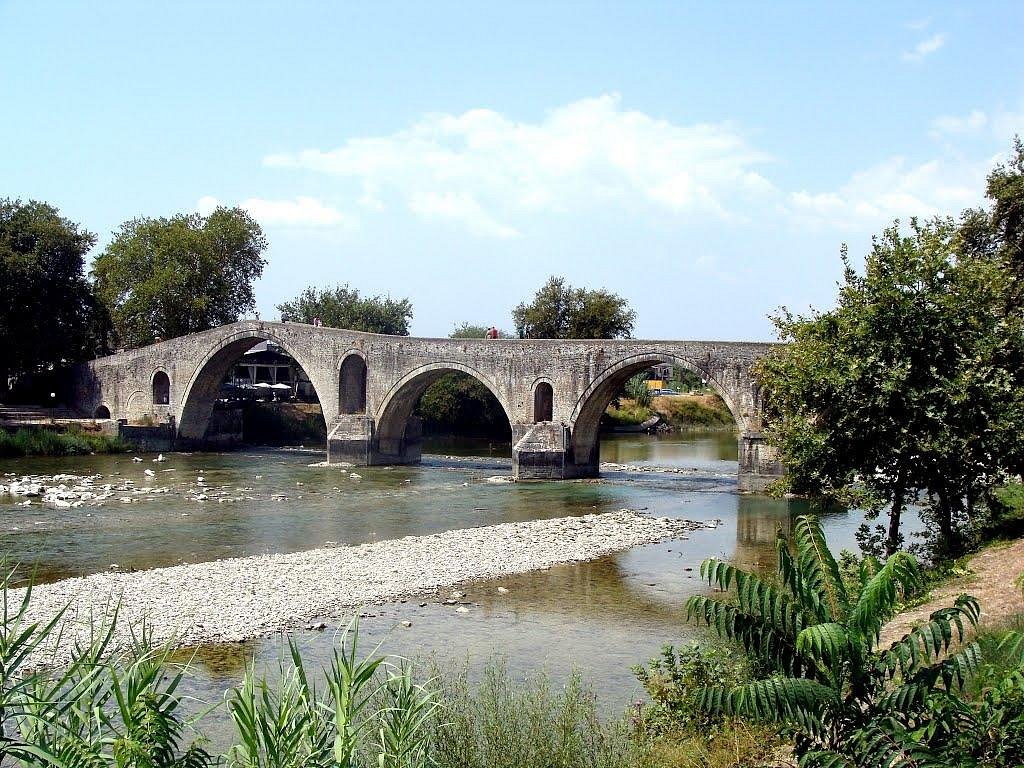
Community, Education, and the Passing of Stories
Kids here hear the legend early, first at home and then in school. Teachers use it to spark talks about history, faith, and the price of greatness.
Some schools even have students act out the story in plays or art projects.
During festivals, the bridge legend comes alive with music, dance, and crafts. I’ve watched families gather in the evenings, sharing memories of the legend as part of daily life.
This tale creates a common language that unites old and new generations—building community bonds as strong as the bridge itself.

Broader Connections: Arta’s Bridge in Folk Religion and Social Change
Standing on the Bridge of Arta, I felt how its legend is tied to deep beliefs about life, death, and faith. The stones seem to remember old fears, prayers, and stories of survival through political turmoil.
Religion, Baptism, and the Holy Spirit
Religion runs through daily life in Arta, and the bridge’s legend is a reminder of that. The story of the master builder’s wife—sacrificed so the bridge would stand—reflects old ideas about making peace with unseen forces.
In local tradition, bridges can be places of both blessing and haunting, where faith and community meet.
As I explored, I spotted many Orthodox churches along the river. Baptism is a big deal here, marking entry into both faith and the tight-knit community.
When a child is baptized, people believe the Holy Spirit protects them. That sense of protection feels woven into the bridge too—maybe those old prayers for safety still echo in the stones.
| Tradition | Local Practice |
|---|---|
| Baptism | Public, church-led, followed by feasts |
| Holy Spirit | Seen as a guide, protector, comforter |
| Bridge blessings | Priests sometimes bless travels, bridges |
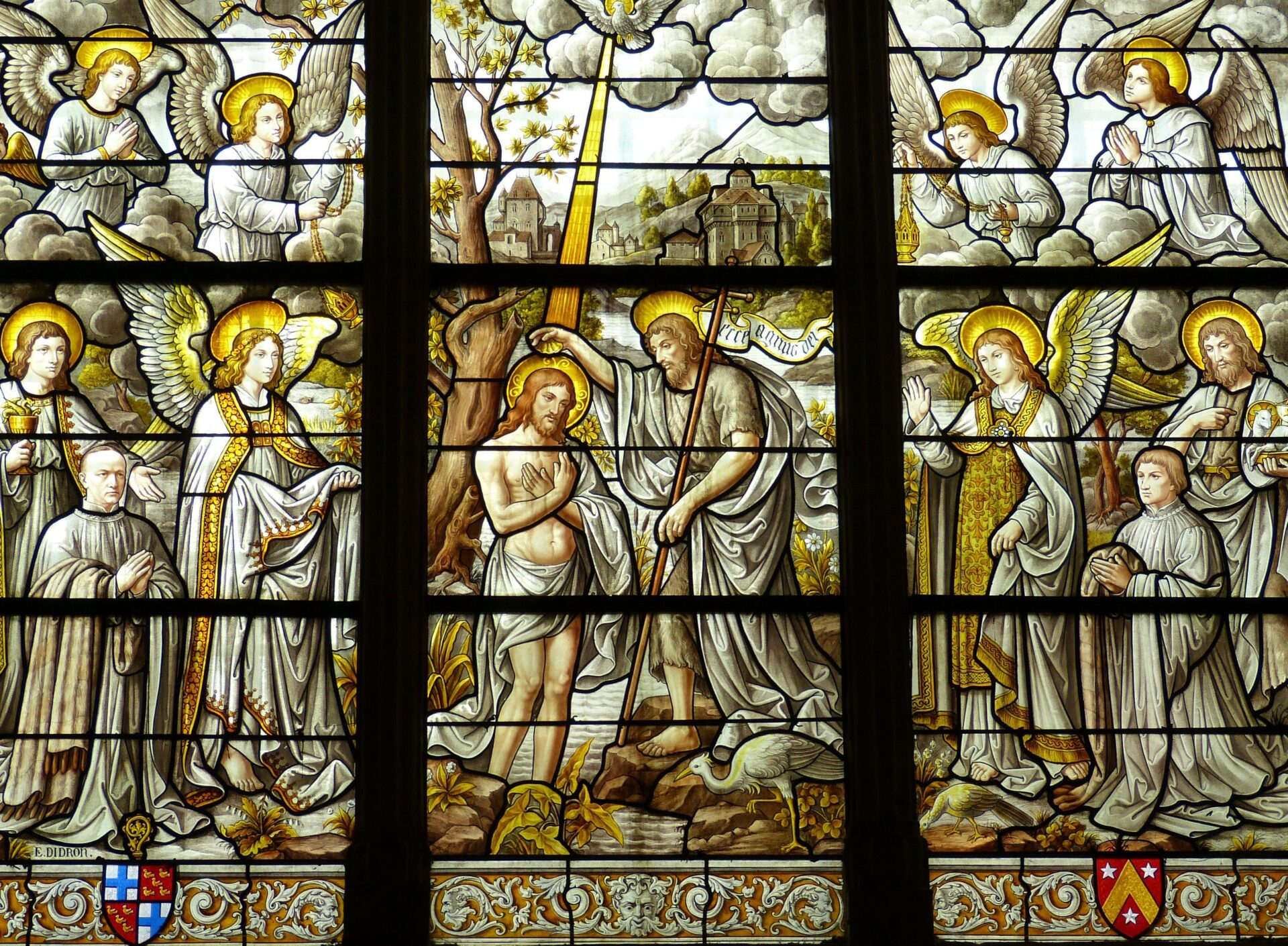
Political Upheaval: From Communism to Social Crisis
History here is shaped by more than stories. Over the past century, Arta and much of Epirus faced tension and change as politics shifted.
The rumor of “sacrifice” at the bridge reminds me how people here have survived crisis after crisis—war, dictatorship, even years under communist rule in neighboring Albania.
I heard about families split across borders, adapting to new rulers and uncertain futures. The bridge itself became a symbol of survival, even during tough economic times.
Sometimes, local guides quietly mention how traditions kept folks connected when religion was discouraged or politics threatened community life.
Passing old graffiti or sitting with locals in the square, I heard stories of resistance and hope—another kind of spirit holding the place together.
Even now, when the region faces economic trouble or political stress, the bridge means more than stone and mortar. It stands for the unity and faith that help communities face change and keep their rituals and beliefs alive.
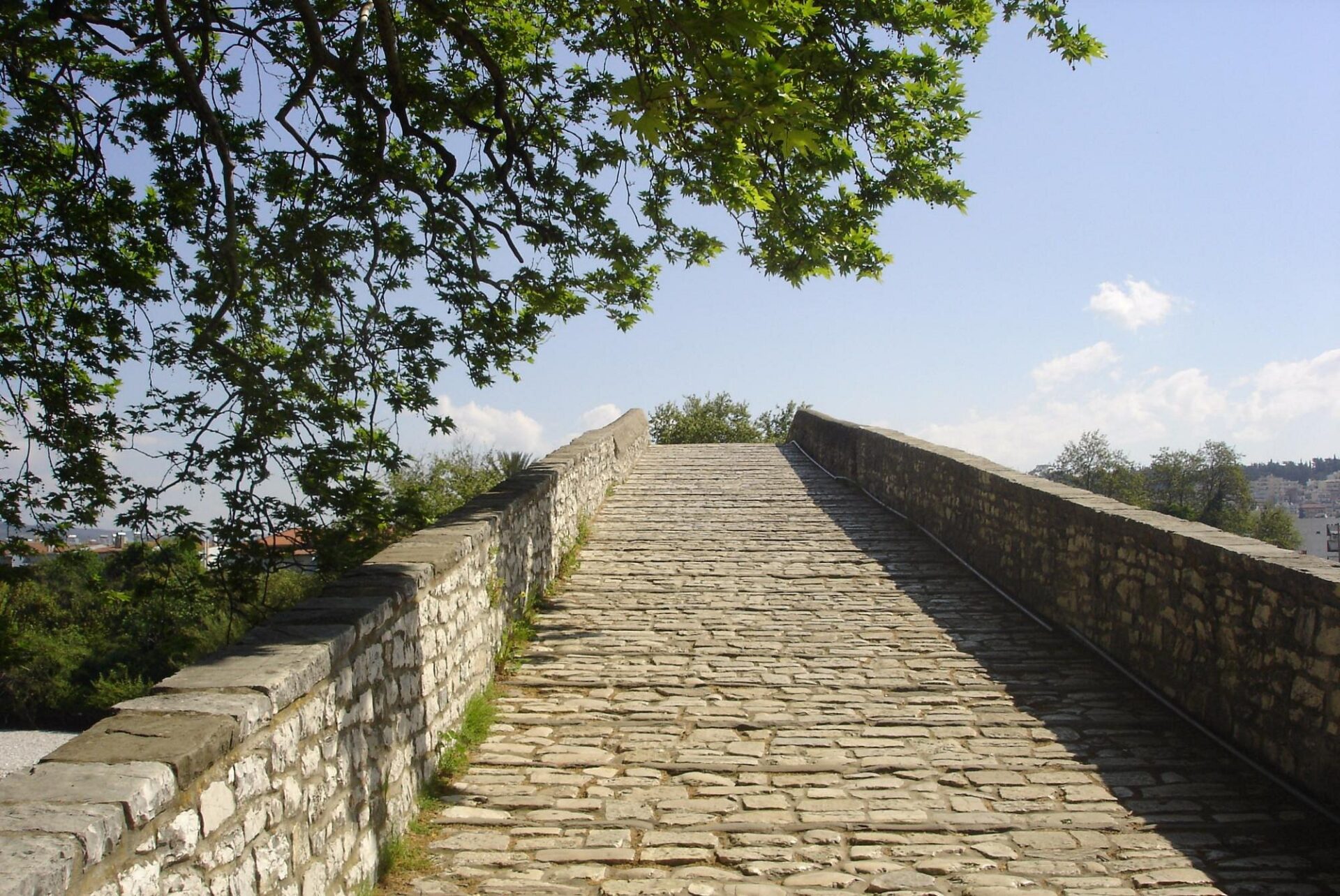
Local Traditions and Rural Life Beyond the Stones
Life around the Bridge of Arta is shaped by more than haunting tales. The riverbanks show off rural Greek traditions, with scenes as enduring as the bridge itself.
Agriculture, Livestock, and Community Gatherings
When I walk the paths near the bridge, I spot a patchwork of small farms. Families here work the same fields their grandparents did.
Wheat grows in neat rows, and olives and citrus trees stretch across the hills. Early mornings, sheep bells ring out as shepherds lead their flocks into the valley.
Life here blends farming and livestock in a way that reminds me a bit of rural Kansas or Illinois. On weekends, villagers from Arta come together for markets—homemade cheese, fresh vegetables, and jars of honey fill the tables.
Sometimes, folks gather by the river for a picnic, passing bread around and swapping stories. In these farming communities, everyone seems to know each other, or at least they act like it.
A lot of families keep a few goats and chickens, just enough for their own needs. I found out that the local census even counts livestock, treating animals almost as important as people.
There’s a rhythm to life here that feels simple, but honestly, it’s richer than it looks at first glance.
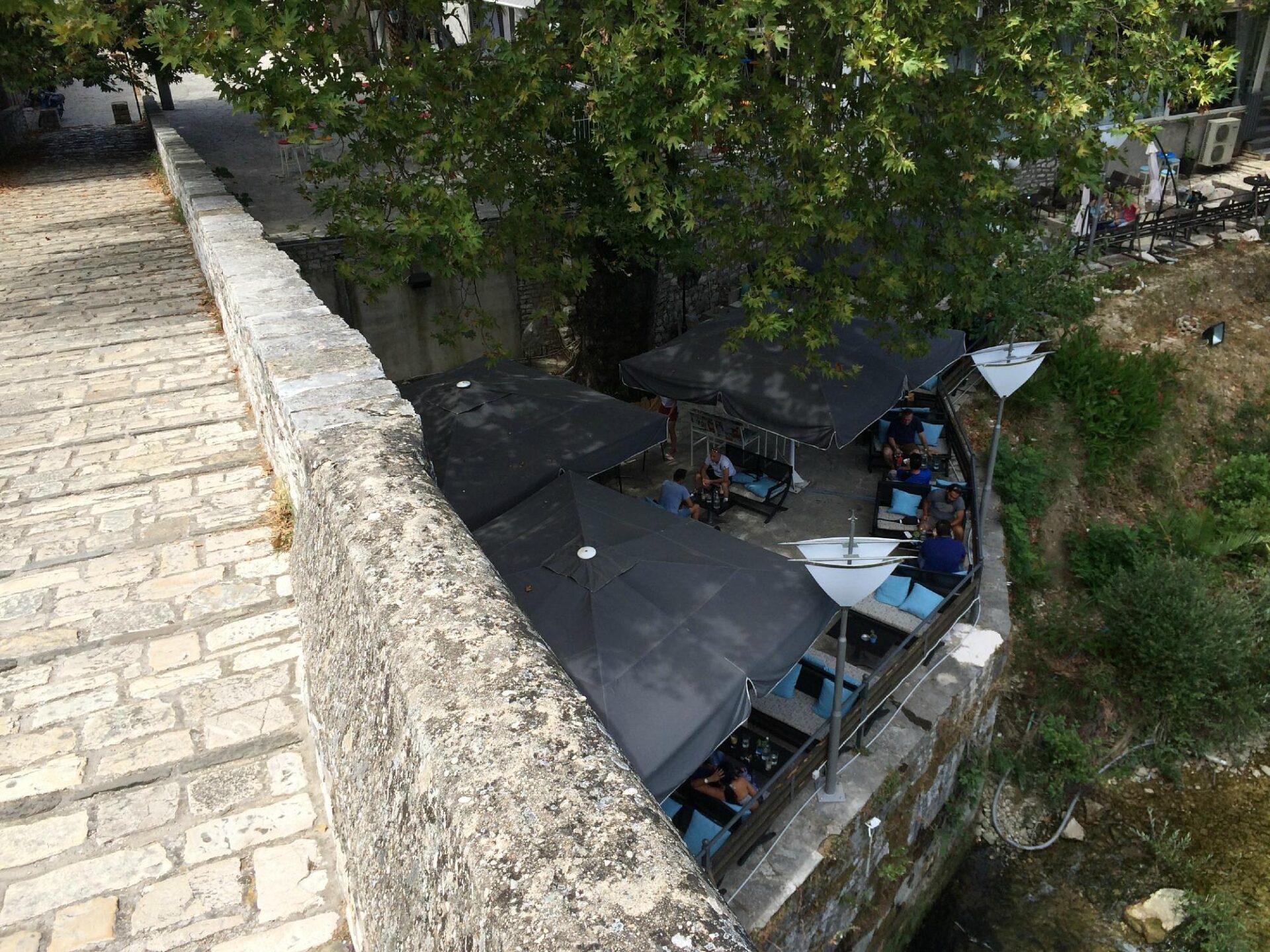
The Bridge’s Influence on Regional Customs and Festivals
The Bridge of Arta does more than just connect two banks. It pulls villagers from all over together during yearly festivals.
Every August, one of the liveliest traditions takes over. Townsfolk and visitors spill onto the bridge for an open-air celebration, mixing music, food, and dance.
The bridge really becomes a symbol of togetherness. People don’t dwell on tragedy here.
I’ve found myself in those crowds, listening as folk songs drifted through the air. Kids in costume perform old dances, and you can feel the history swirling around.
Someone always retells the legend of the builder’s wife by the bonfire, but honestly, the mood stays joyful. Tables groan under plates of grilled lamb and fresh fruit—a little salute to the harvest.
Regional customs pick up hints from neighboring areas, too. Sometimes, you’ll even spot influences from far-off places like Missouri or Tennessee, thanks to Greek diaspora communities.
The bridge’s story is famous, sure, but the real magic? It’s how people keep coming together, turning old stories into something alive.

